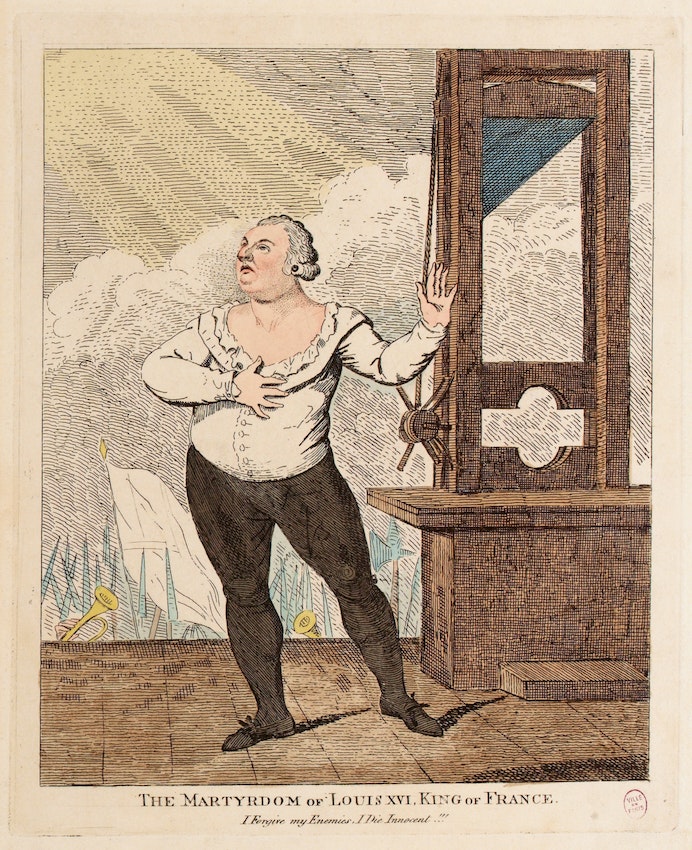Being an executioner was hereditary in many places. From Messy Nessy Chic:
ShareIn Paris, when his father died in 1644, Louis Desmorest inherited his family’s execution business at the age of 10. His mother had been part of an established execution family that had been in business for the past 100 years. Desmorest’s mother’s clan also hatched the most notable of all the execution families, the Sansons, who dealt in death for six generations, starting with Charles Sanson, who founded their dynasty in 1688, operating before, during and after the French Revolution, spawning over 200 executioners. The career highs for his descendant, Charles-Henri Sanson, were the first use of the guillotine in Paris and the execution of Louis XVI in January 1793. He was titled by the citizens Monsieur de Paris (the Gentleman of Paris), and his second son Henri, executed Marie Antoinette in 1793.
Public execution has long been both the expression of authority and a morbid muse for the masses. All cultures and societies seem to have engaged in the death ritual at one point in time; for spiritual appeasement of the gods in the case of the Aztecs, for keeping society in check as the Romans did so mercilessly, or as so famously put into practice by French revolutionaries, to overthrow the monarchy itself. Images of hooded goblin-like operatives applying a regime’s ruthless with a variety of deadly tools – nooses, swords, axes and of course, guillotines – have endured in our historical consciousness. But rarely do we imagine public execution as … a family business.
In Germany, a Franz Schmidt inherited the business of executioner from his father in the Bavarian town of Hof in 1573, his final test was the beheading of a stray dog in his father’s back garden. He would later become the Chief Executioner in Nurnberg after marrying the then Chief Executioner’s daughter. He was famously illustrated at the time decapitating Hans Froschel by swinging a very large sword to the neck. Franz left a rich and intimate diary, recording not just technical detail, but considered opinion itemising his 361 career executions. Franz formally retired from the execution business to continue as a very successful medical practitioner, later dying a respectable rich man.
The quantity of work required by the French Revolution put extreme pressure on the executioner. In a trade reliant on skilled rope and blade work, those new to the trade had a lengthy and steep learning curve, but protocol and procedure was everything, no ragged cuts please! To relieve the situation, the guillotine was employed. The guillotine was quick, reliable, clean and impersonal, perfect for industrialisation of deadly justice. This higher capacity device was not only for the benefit of those to be executed, but supplied the growing medical professionals’ need for fresh, well … almost intact bodies. Protocol still had to be followed, there was to be no post-beheading degradation or humiliation of corpses or their dismembered parts. (Read more.)


















No comments:
Post a Comment